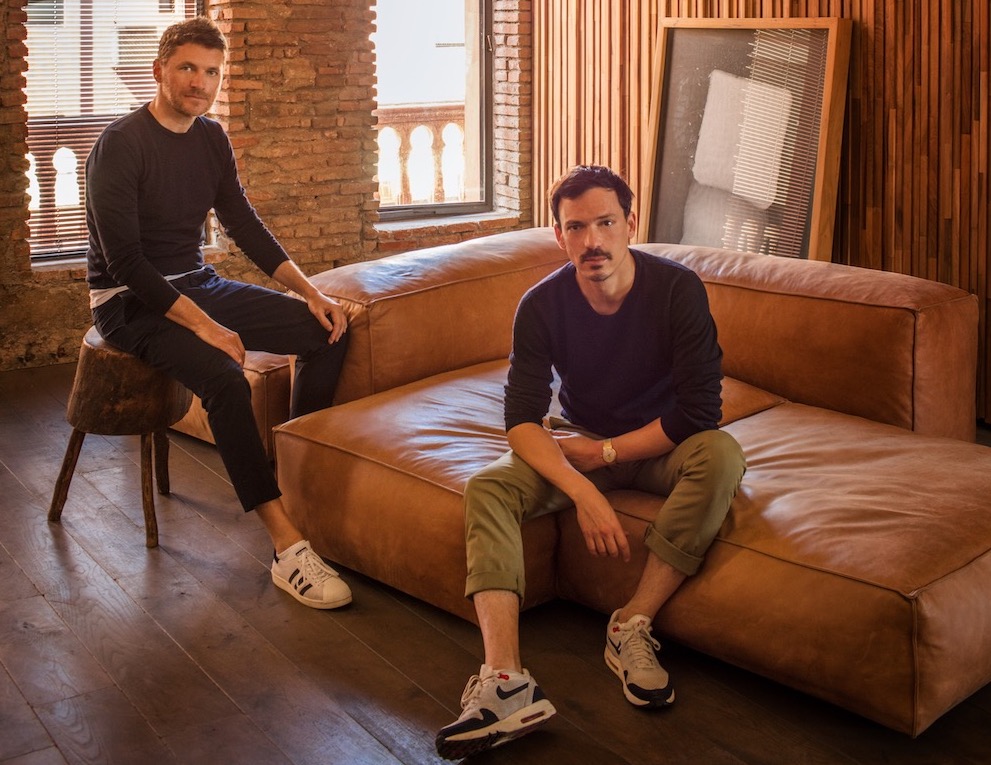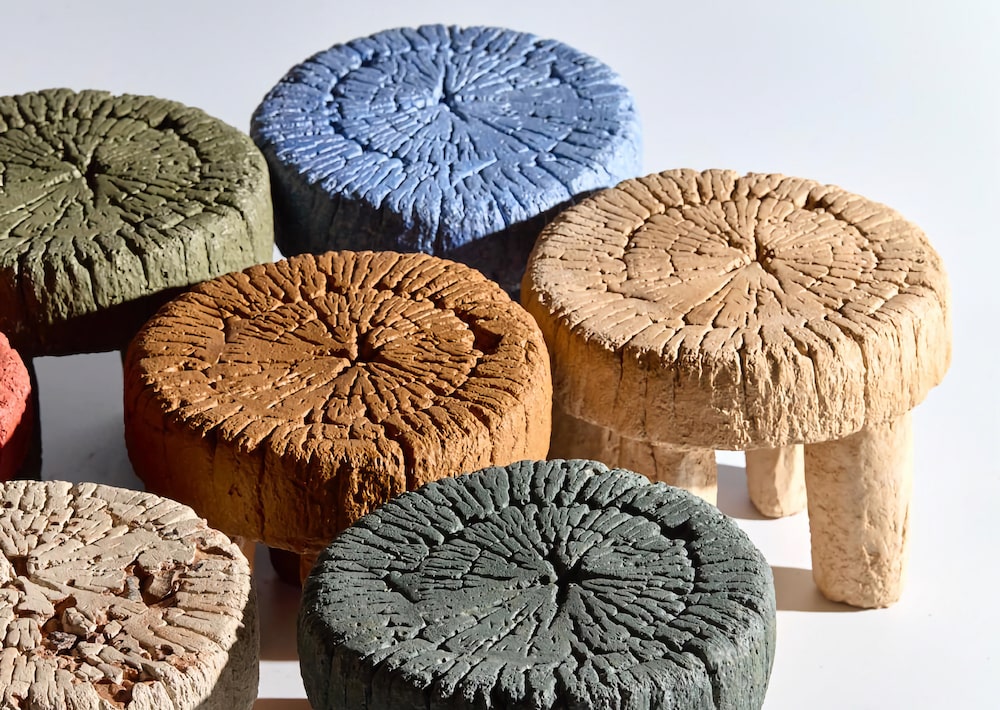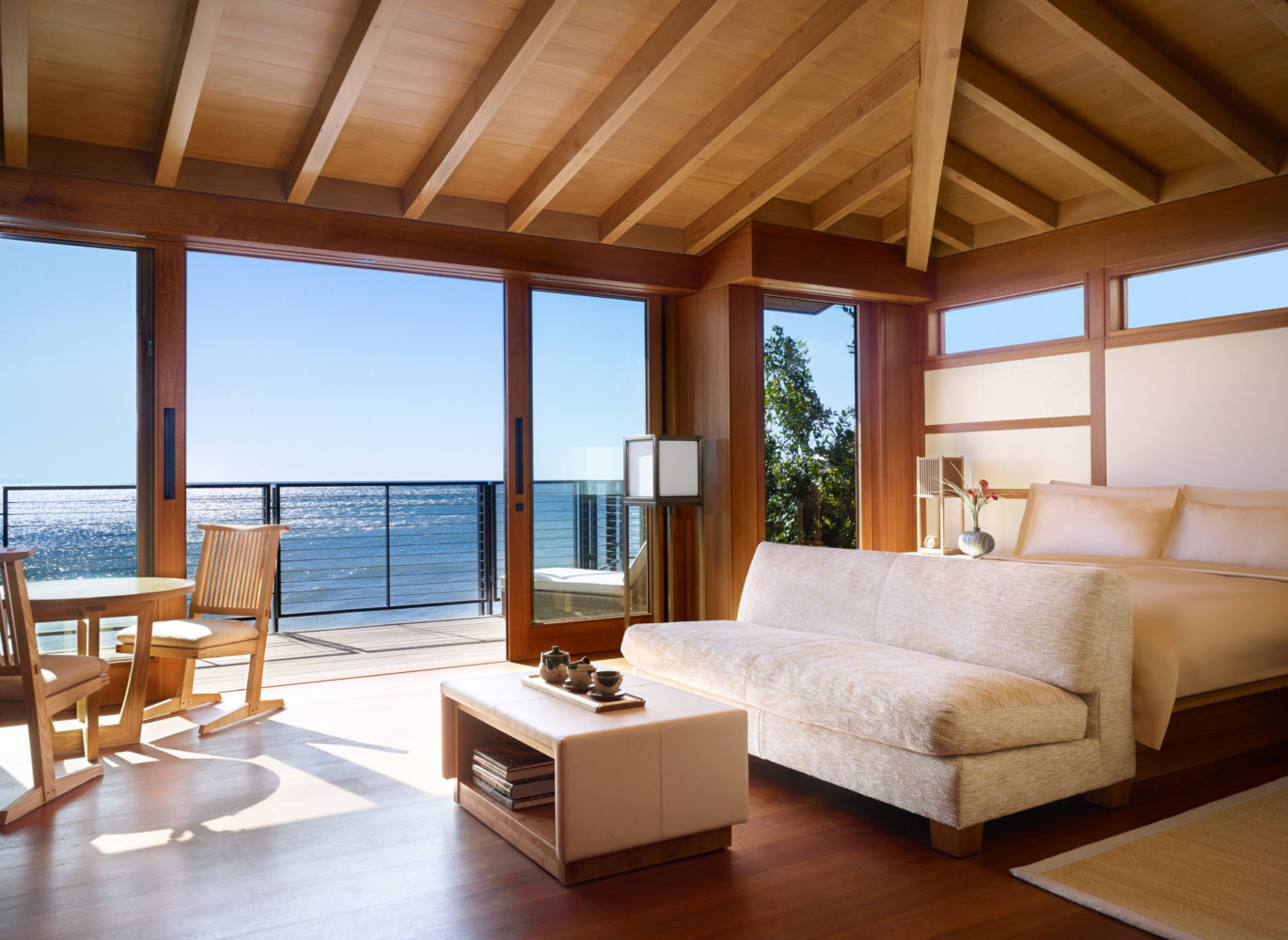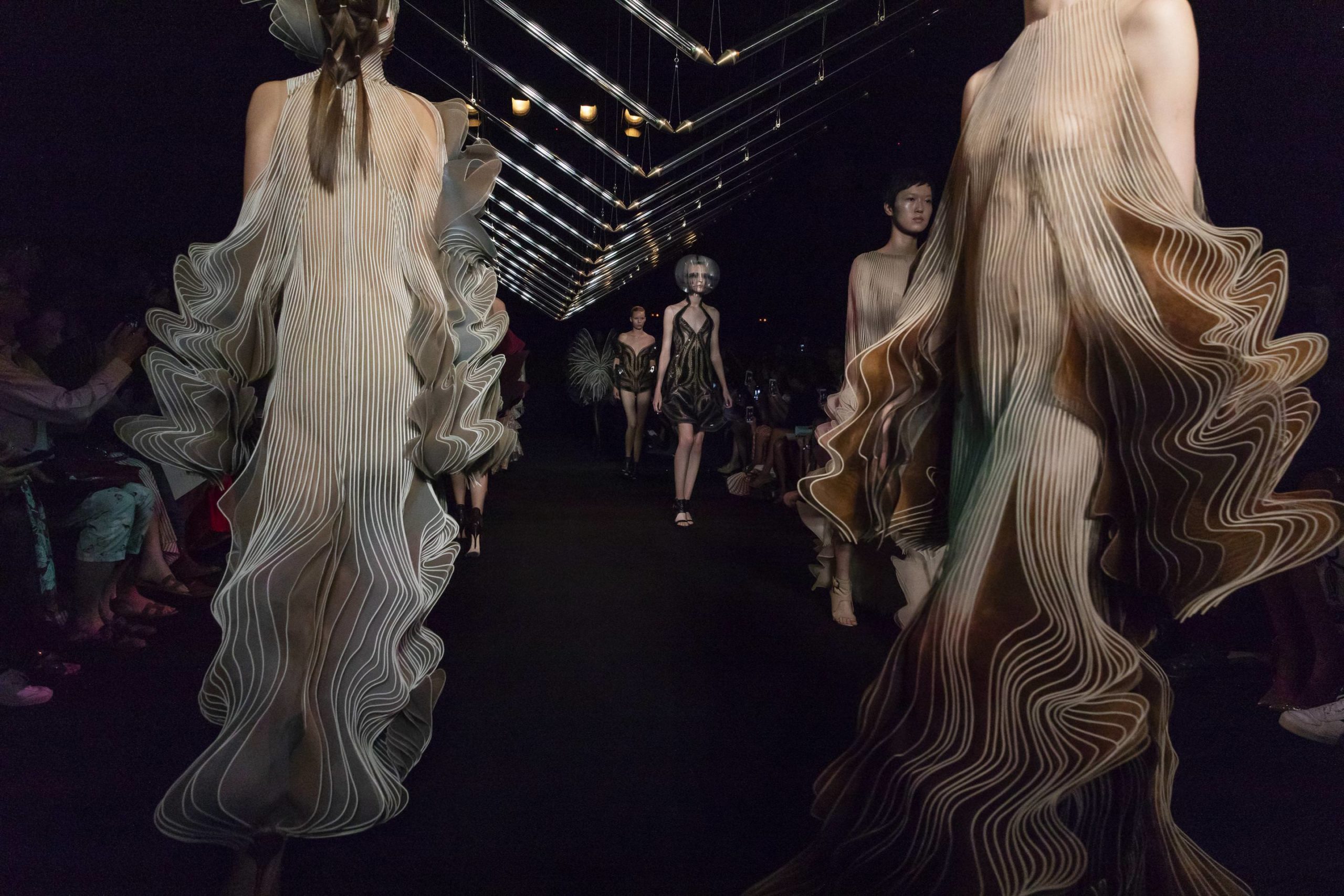Karl Fournier and Olivier Marty are celebrating 20 years of design and architecture with their firm Studio KO. With offices in Marrakech, Paris, and London, the studio has a global approach to private and public projects that they’ve spent much time and consideration fine-tuning.
Regardless of location, Studio KO’s projects—ranging from hotels, restaurants, and boutiques to museums, foundations, and residences—connect heritage with the contemporary world, seamlessly bringing the outside in. Nearly all of them build upon a relationship with their environment, featuring a plethora of natural materials and an array of curious design surprises to discover.
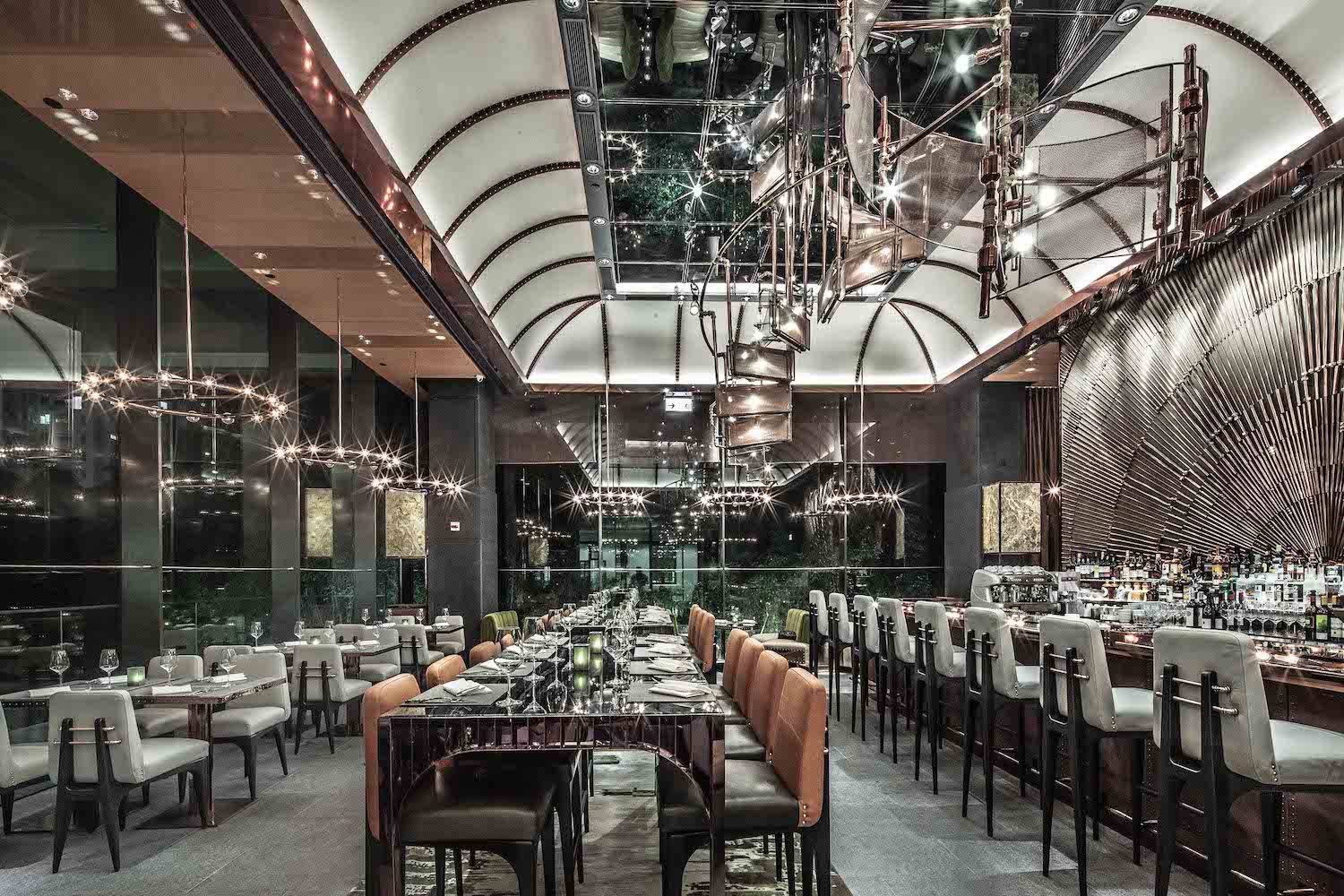
Courtesy of AMMO.
Recently, Studio KO carried on Yves Saint Laurent’s legacy at the Musée Yves Saint Laurent in Marrakech. Over 13,000 square feet of space is devoted to the fashion designer’s life and work, featuring details inspired by the couturier’s designs. The museum’s pared-back terracotta exterior was created with local brick construction techniques. Inside, there are temporary and permanent exhibition spaces, a research library, a 150-seat auditorium, a bookstore, a terrace café, and a serene courtyard.
Whitewall spoke with Fournier and Marty to hear about how their designs have evolved over time, why they draw us back to nature, and how their dual roles balance each other personally and professionally.
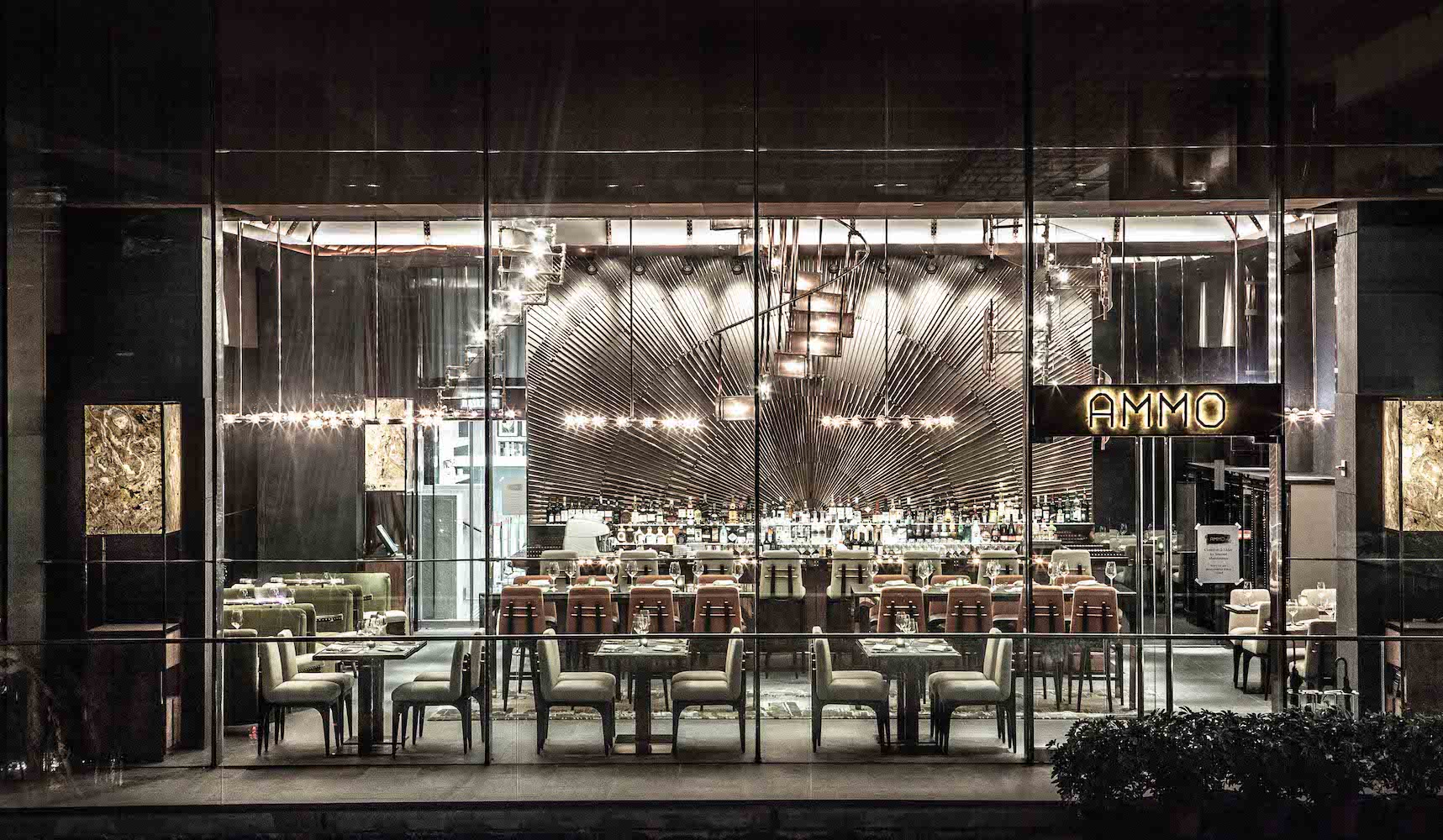
Courtesy of AMMO.
WHITEWALL: You both came from similar backgrounds—intellectual, middle-class homes filled with hundreds of books, but no sense of space or architecture. In response to that upbringing, you’ve playfully said you were taking revenge. What kinds of spaces are you designing that make revenge feel sweet?
KARL FOURNIER & OLIVIER MARTY: All kinds, but especially residential projects. Private houses, private apartments, or mansions. When it comes to your private space to live, we are in between architecture and therapy. Half of the job is to listen and to interpret. But to be more specific about the quote you are referring to, we just want to say that we are grateful to our parents for their indifferent relationship to spaces, because it was such torture for us as a children to live in places that were not thought of and that turned their back voluntarily to any aesthetics that it gave us a thirst for something else and a pronounced taste for beauty.
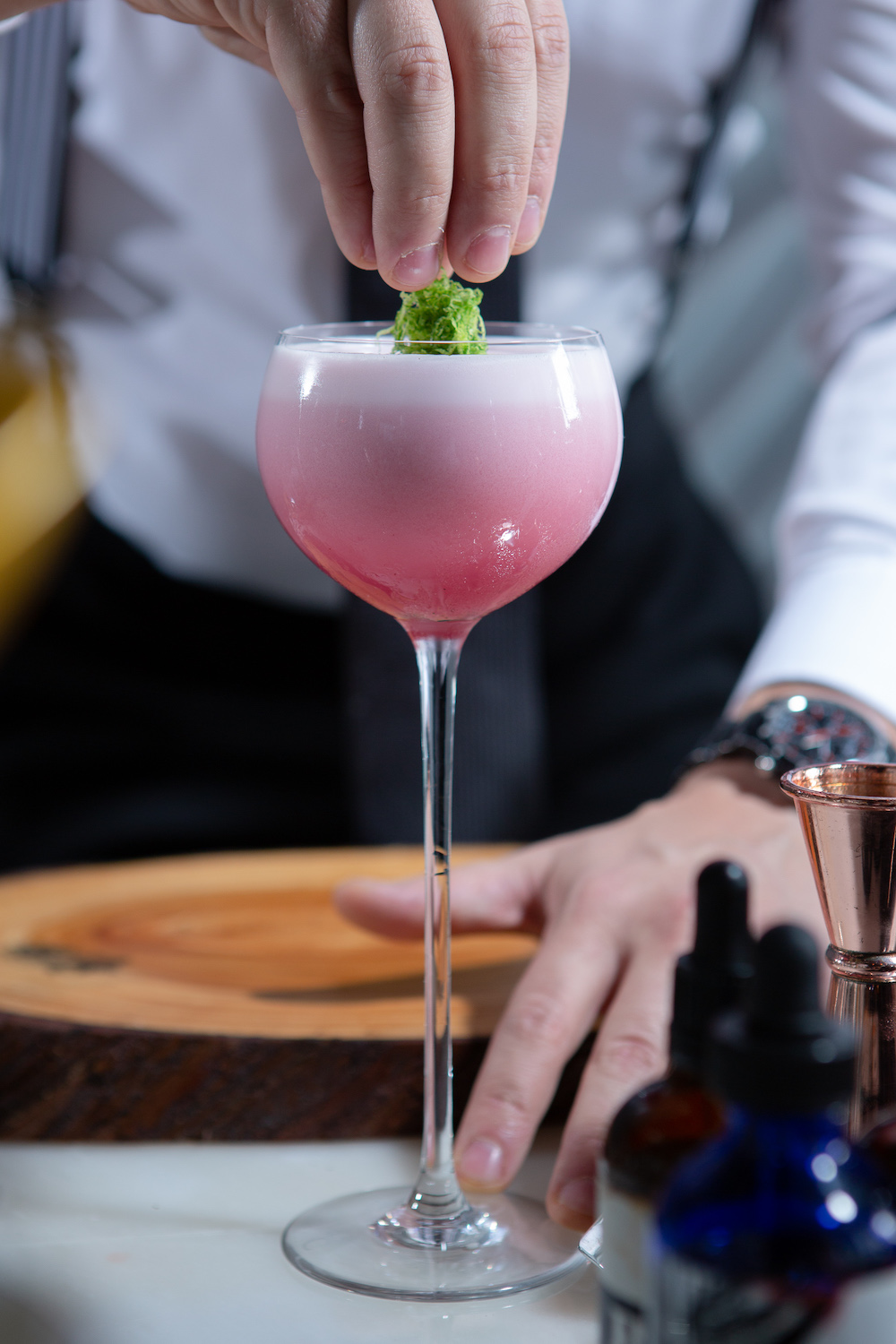
Felix, courtesy of The Peninsula Hong Kong.
WW: You’re celebrating two decades in business. How do you feel you’ve evolved as designers most?
KF & OM: At the beginning, our approach was really empirical; now we are more concerned and aware of the importance to work with local resources, local expertise, with material that surrounds us, although used in a different way. We are more intellectual, but by chance the intuition we had at the beginning was right; we never had to change our direction. We evolved, of course, but in very soft and imperceptible way.
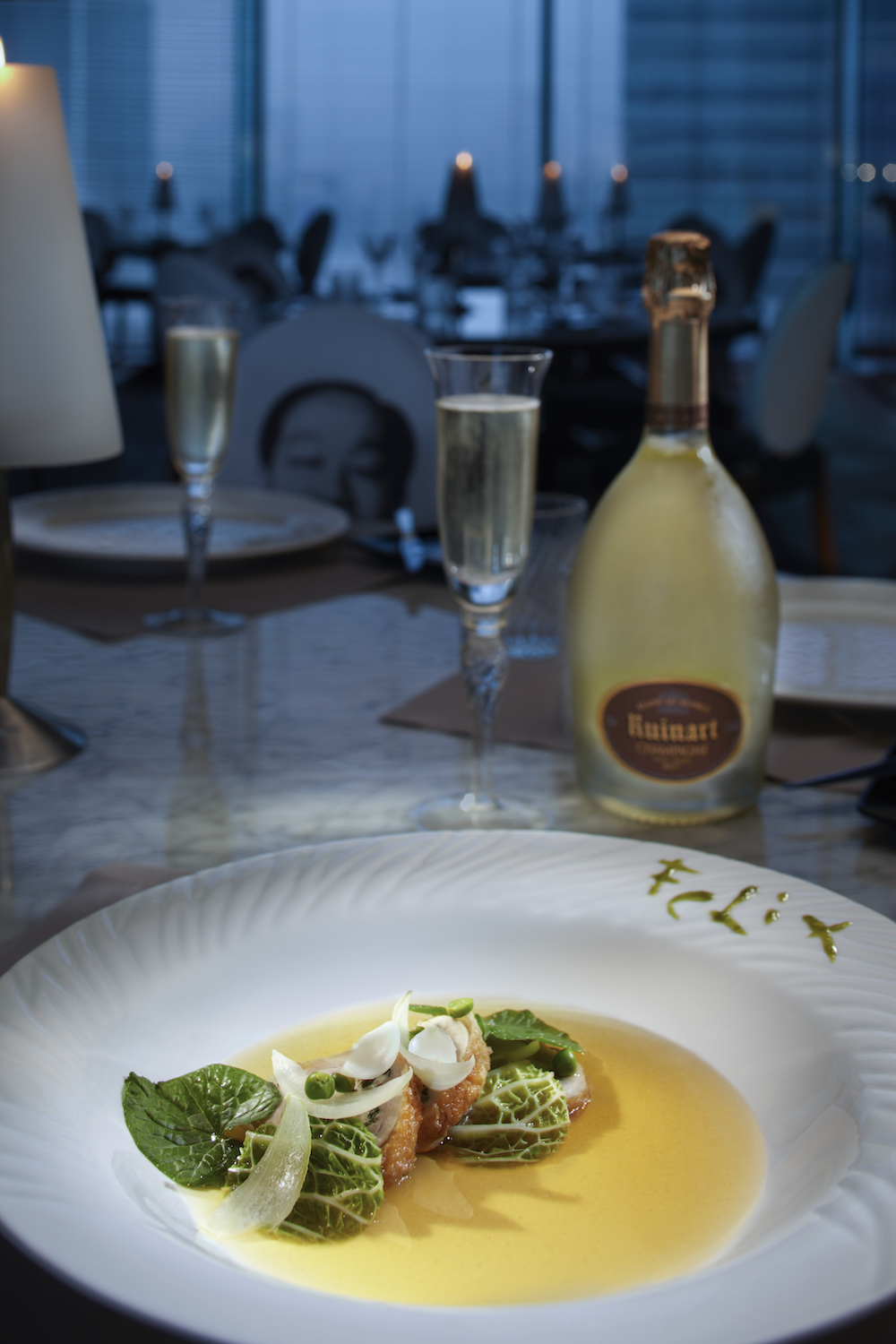
Felix, courtesy of The Peninsula Hong Kong.
We also have the feeling that it’s the beginning. Now serious things can begin, because this first 20 years was more of a training than anything else. But, thank God, clients already trusted us during that learning time. These are players who made a bet that was risky. We have a special admiration and respect for them.
WW: Your residential and hospitality work is quite different—with residential spaces having a more Zen and minimal approach, and your hospitality work shining with luxurious touches. How are you thinking about the future experience of your designs while designing them?
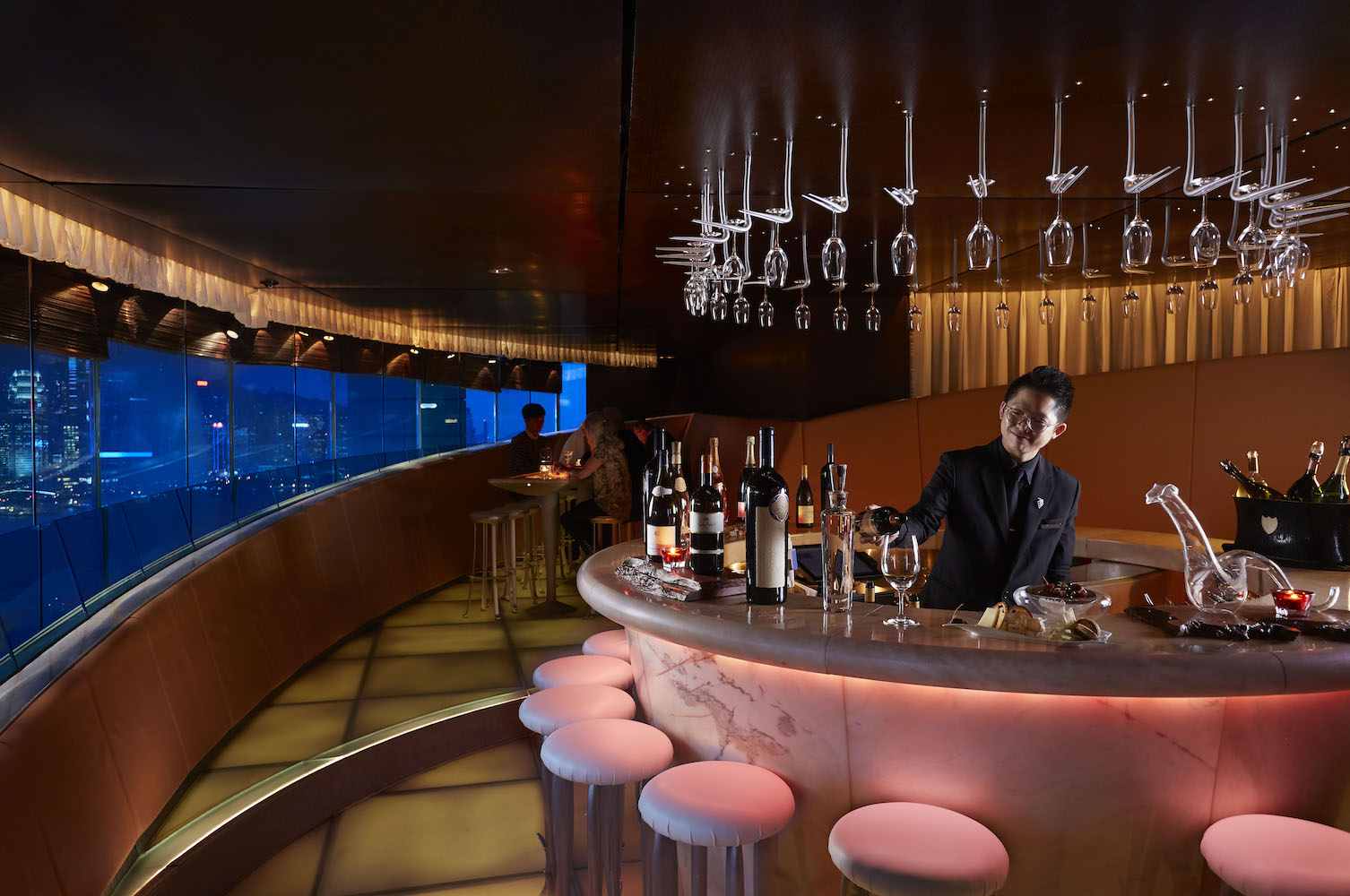
Felix, courtesy of The Peninsula Hong Kong.
KF & OM: It’s dualistic, you are right, but perhaps because we are a duo and we try not to repeat ourselves. It’s difficult to always start a project from scratch. Especially for our teams, there is no recipe to follow. It’s always a new story. That’s maybe why our projects seem so different, but for us it’s the only way not to be bored by ourselves and our style. Being repetitive is the best way to become caricatural.
WW: How did you approach the Musée Yves Saint Laurent in Marrakech?
KF & OM: It was easier in that case because it now belongs to this country; it’s become part of our DNA. We already had a strong and rich relationship with Pierre Bergé—who was our client with The Fondation Pierre Bergé – Yves Saint Laurent—so we began to work very quickly and in an efficient way. We already knew the town, materials we disposed, the colors we would like to have, and the techniques we can use. We focused on the plan, the program, and the circulation, while also working on the envelope, the materiality, and on the interiors.
WW: Nearly all of your projects communicate with nature—bringing it inside, or blending in with it outside. How do you design with nature in mind?
KF & OM: We love nature, it’s obvious. And nowadays, you’ll find no one to tell you the opposite. But we also sometimes are afraid of it; it could become dangerous and furious, so we like keeping the right distance with it in our project. We like fixed windows framing views, for example. We like the idea of choosing the view for such or such part of the house, according to the sun or the magical lines of a landscape.
WW: Inside, we noticed an attraction to natural materials, as well. How do you gravitate toward material?
KF & OM: The simplest as possible, with less transformation and only by human hand. We try to avoid, as much as possible, industrial manufactured things. It’s like food—homemade with natural ingredients is healthier and better than coming from a factory halfway around the word. We like stone, metal, wood, clay, limestone, concrete—really simple things to find or to make.
WW: Most of your projects—especially your contemporary villas, like Villa K— create curiosity, almost encouraging the visitor to explore what’s around the corner, behind the wall, or on the roof. How do you create points of discovery within your projects?
KF & OM: Yes, we like to create surprises. We love the mystery. It’s important for us that from the outside it’s difficult to imagine what is inside, how it works. Most of the time our projects are relatively opaque and when you walk in you have plenty of light and incredible views. It’s like a scenario of a movie—you don’t want to understand the end of it in the five first minutes, otherwise it’s no good!
WW: We heard Marty is considered the logical thinker and Fournier the imaginary dreamer. As you’re partners in both work and life, how do your roles balance each other out? Has being isolated amid the COVID-19 pandemic impacted or heightened this type of duality?
KF & OM: The confinement period is really good to improve our way to work and share projects. We are in the same room at the same time, sharing video meetings because we do not have enough network to have two meetings at the same time. So we are each involved in the details of the other’s work. It’s a very good experience, and it will leave traces in our way of working.
WW: What are you looking to design in the future that you haven’t already?
KF & OM: A therapist’s office! Have you ever noticed how horrible they are? Everything is wrong. Even the fabric of the couch you have to spend hours on! Only in movies do they look good . . .


